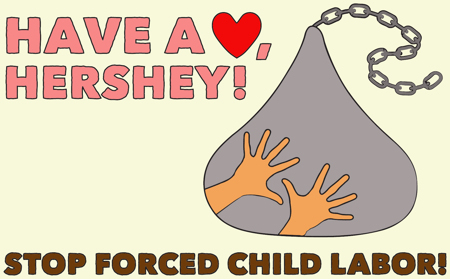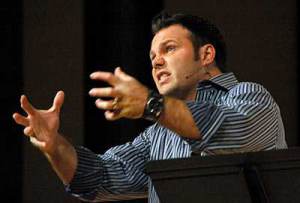One of my current writing projects has me spending a lot of time in the Gospels, especially the Gospel according to Luke, which may be my favorite Gospel (are we allowed to have favorites?) not least because of its astonishing reversals:
It’s the Gospel where a poor, uneducated girl–Mary–has more faith than an educated, aged, male priest–Zechariah.
It’s the Gospel where a widow’s two pennies amounts to more in God’s eyes than fat donations from wealthy pockets.
It’s the Gospel where Jesus says: “When you give a banquet, invite the poor, the crippled, the lame, the blind.” Invite the people who can’t pay you back by conferring social prestige on you, because that is the where the real reward is.
Yes, Luke’s Gospel is a Gospel that proclaims love for the marginalized. And out of the four, Luke has the most meals.
(It’s the Gospel in which Jesus is accused, among other things, of being a “glutton and a drunkard,” who eats with “tax collectors and ‘sinners.'”)
In other words, it’s the Gospel that Mixes It Up At Lunch.
Do you remember lunch in middle school? And high school? I do, because every year, when I’d get my new schedule, I’d have a gnawing sense of dread, wondering who I’d have lunch with and where I would sit, and fearing that I might end up alone.
There were always sharp divisions at lunchtime, weren’t there? The cheerleader table, the ‘artsy’ table, the ‘brainy’ table, the athletic table, and so on, and so on; divisions so definite that may well have been clearly marked on the tables themselves.
Indeed, the Southern Poverty Law Center–an organization dedicated to “fighting hate and bigotry, and to seeking justice for the most vulnerable members of our society” (sound familiar?)–says that in their surveys, students “have identified the cafeteria as the place where divisions are most clearly drawn.” That’s why they’ve initiated “Mix It Up At Lunch” day, which is October 30 this year.
On this one day,
“we ask students to move out of their comfort zones and connect with someone new over lunch. It’s a simple act with profound implications. Studies have shown that interactions across group lines can help reduce prejudice. When students interact with those who are different from them, biases and misperceptions can fall away.”
The Times article noted that Mix it Up has been particularly effective at one school at pairing special needs students with those outside their usual (sometimes isolating) circles.
Have you ever experienced that–especially over a meal? Eating with others is, in virtually every culture, a profound act that indicates acceptance and belonging and mutual care. It’s why a new husband and wife feed one another cake. It’s why we bring casseroles for families with new babies and when there’s a death. It’s why children who eat together with their families tend to do better than those who don’t.
It’s why it was so scandalous that Jesus did all that eating and drinking with tax collectors and prostitutes and other ‘questionable’ characters–because eating with others breaks down the walls between people.
It meant that Jesus was intimate with people that the religious elite regarded as unacceptables.
But this was not some New Testament innovation. All throughout the Hebrew Bible respectful generosity–hospitality! sharing food!–is a mark of righteousness. As the writer Marilynne Robinson writes:
“When Jesus describes Judgment, the famous separation of the sheep from the goats, he does not mention religious affiliation or sexual orientation or family values. He says, ‘I was hungry, and ye fed me not.'”
Is it that much of a stretch to extend that to “I was lonely and awkward and confused, and you ate with me not?”
So I’m more than a little grieved to read the headline “Christian Group Finds Gay Agenda in an Anti-Bullying Day” in the New York Times. The American Family Association encouraged their millions of subscribers not to send their children to school on October 30, calling Mix It Up day “a nationwide push to promote the homosexual lifestyle in public schools,” a baseless and hurtful claim.
By now I think you’ll see why I happen to think Mix It Up at Lunch Day expresses some important Christian values–values that come from Moses, are affirmed by the Prophets, and are lived out by Jesus–
values that, often enough, reveal themselves in the people we’re willing to share a meal with.
Wouldn’t it be better to open the Times to read something like “Christian Group Finds Christian Agenda (as expressed in Luke’s Gospel) in an Anti-Bullying Day”?
Because eating with people from outside your circle is what Christians are about.
{I haven’t forgotten that it’s World Food Day. Click here to take action!}








